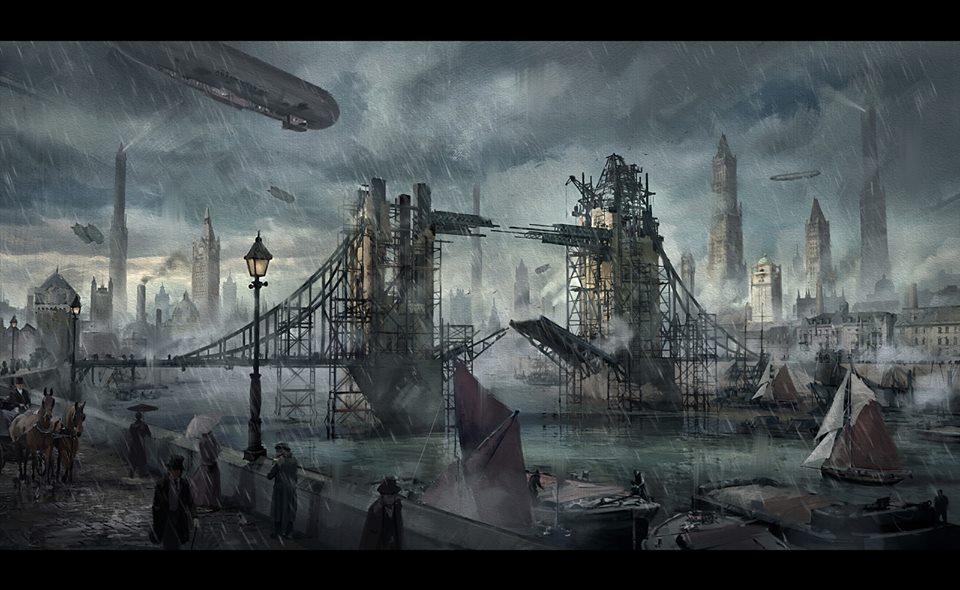On the surface of the new third-person story based shooter game, “The Order 1886” is a remarkable feat. Sadly, once your eyes adjust to its console defining graphics, the feeling of greatness slowly fades and this PlayStation 4 exclusive becomes an incredibly conflicted game.
Over the years consumers have seen games become more focused on cinematic experiences and telling captivating stories; most games use a mix of gameplay and cutscenes to take the player on a journey. “The Order 1886” is the perfect example of taking this idea too far.
There is no denying the physical beauty of the game. The player finds himself in a magnificent looking London setting during the year 1886.
Every physical detail is present, from the cloth movement to how a bottle rolls over the cobblestone streets. This just proves how beautiful a game can look. Sadly the attention to the world’s aesthetics may be the cause of the game’s greatest downfall.
Just like “The Order” itself, the story is far better on the surface. The player takes the role of Sir Gallahad, a member of The Order and a modern facet of King Arthur’s Knights of the Round Table. Their goal is to maintain peace within an alternate historical version of 1886 London.
“The Order’s” main enemies include a small band of Rebels, Werewolves and Lycans. From here the story kicks off and slowly unravels until reaching an ending that will make one shrug and say: “I guess it’s over?” When playing “The Order 1886,” shrugging will probably be something that happens incredibly often.
From the get go, the game’s main problem is revealed. Irregular pacing is certainly the enemy to any story and it’s obvious from the start. Most of the game’s chapters are filled with sections that require one to walk, incredibly slowly, through a room, hallway or dark corridor.
The game’s total playtime is no more than seven hours long, but that really isn’t the issue. The problem is how conflicted the game is at its core. While trying to tell its less than satisfying story, the player watches cutscenes, slowly walks around and occasionally shoots enemies.
“The Order 1886” plays like the game equivalent to a pop-up book that only occasionally has little tabs one can actually use. While meandering through the game’s 16 chapters, some of which are only cutscenes, there’s something that becomes progressively apparent.
This isn’t an experience one becomes part of, no; this is a story that feels force fed. The story contains no sense of exploration, danger or depth. This style of storytelling only subtracts from “The Order’s” positive notes, like Sir Gallahad, the outstanding lead character, the overall remarkable world of 1886 and the interesting war between Knights and Werewolves.
“The Order’s” combat is one of its greatest aspects; it plays like a traditional third-person shooter, yet doesn’t add anything new to the genre.
Each encounter is still enjoyable and a welcomed break from the walking and waiting. The vast array of weapons is another strong aspect of “The Order 1886.” Each gun is unique and fun, despite only getting to use each weapon once or twice because of how little combat situations appear.
Despite all of the game’s substantial issues, there is some definite promise for the future of this franchise. “The Order 1886” may not be the greatest third-person shooter, or even tell the most captivating story, yet there was a certain appeal.





![[Both photos courtesy of sonoma.edu]
Ming-Ting Mike Lee stepped in as the new SSU president following Sakakis resignation in July 2022](https://sonomastatestar.com/wp-content/uploads/2024/04/CC4520AB-22A7-41B2-9F6F-2A2D5F76A28C-1200x1200.jpeg)



























